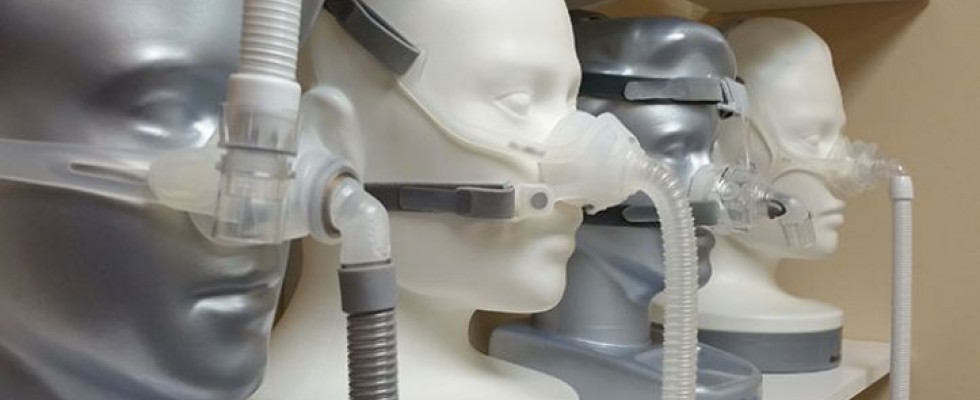
A common question that comes up in the CPAP resupply business is: to insource or to outsource? Especially in times of change, is it better to keep the process within the company or work with a vendor partner?
There are suppliers that have chosen to keep their large CPAP resupply business in-house, perhaps because they feel the need to be in control of the process. They may also think only of the cost of shipping packages and believe they’re profitable. While this may be true in one sense, it’s important to consider the costs of labor, inventory and reviewing documentation for validity.
Imagine the cost of an employee contacting patients for resupply, documenting the conversation, reviewing documentation to check the validity of orders, and then picking the supplies and packing for shipment. Also, consider inventory being stocked in the warehouse and the large cost associated with products sitting on warehouse shelves. How does the inventory move when mask style changes? Are parts available for broken masks? What happens when a productive employee is out of the office for a week?
Know your payer’s reimbursement requirements to ensure a smooth payment process so you don’t have to worry about audits. Bottom line, both insourcing and outsourcing do work; you just need to find partners that fit within your business model.

Think about these specific questions:
1. Does a supplier need to outsource 100% of the business?
No—and there are a few reasons why. First, suppliers should have a small percentage of resupply in stock for new CPAP referrals and patients who walk into the store. When considering outsourcing and where to start, look at the variety of insurances your company works with. Maybe payers that do a large volume with your business are the ones to outsource, while the two or three payers that make up a smaller percentage are kept in-house. Or perhaps it’s best to outsource 90% of the resupply business and keep 10% in-house. It is perfectly acceptable to ease into the transition to ensure the process runs smoothly.
2. How can a supplier know what’s best for the company?
In identifying the true costs of running your own resupply program, you will likely find that the most expensive costs are labor, inventory and time. To make a wise financial decision, a supplier needs to trust the numbers and conduct a strategic evaluation. Here are factors to consider when identifying the true cost of running your own resupply program:
- Number of CPAPs in service
- New setups
- Masks per patient per year
- Inventory shrinkage
- Labor hours per week
- Labor cost per hour
- Benefits as percent of wage
- Warehouse rent per square foot
- Occupancy overhead costs
- Freight cost
- Packaging cost
- Postage cost
- Overhead cost
When looking at the cost of inventory and inventory management, it can be a lot to balance due to the cost of financing, damage, obsolete inventory, freight and warehousing. These costs are also lost sales, which lead in turn to lower gross profit, manufacturing costs, receiving, packaging and outbound freight charges.
Another factor is the value of technology and automation. This starts with the appropriate billing software for your company, outreach platforms, electronic data interchange, reporting and benchmarking.
3. What do dealers need to know about reimbursement?
First, know your payers. Not all payers allow 90% CPAP resupply; some have a monthly allowance. If a payer, such as Medicare, does allow 90% resupply, then offer this to your patients, as it’s much more efficient for them, your business and the payer.
Second, know the payer’s medical policies for CPAP resupply. Obtain detailed refill requests documented from the patient and keep that information in the patient’s file. A valid, detailed written order needs to be on file in the patient’s record. Many states require an annual order on CPAP resupply because of pharmacy guidelines. Also, know that timely documentation is within the preceding 12 months. The best practice is to obtain an order annually.
Finally, have proof-of-delivery requirements. When utilizing a shipping service, be sure to include confirmation of delivery in the patient’s record. Part of the proof-of-delivery requirements is obtaining a confirmation of delivery from the shipping service. Relying on a tracking number only will cause you to fail an audit. Shipping services do not keep a confirmation of delivery information on file; generally, it’s held for just a few months as tracking numbers get recycled. It’s the supplier’s responsibility to make sure this is included with the patient’s record. Check with your billing software and fulfillment center to see if they can automate this process for your business with technology.
